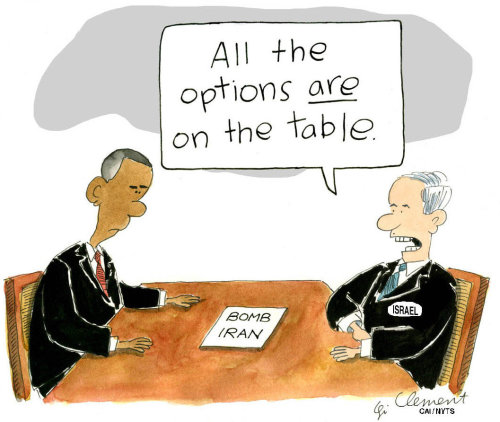The United States of America is the highest consumer of coke and marijuana in the world. Around 12.4 million U.S citizens- roughly 7% to 8% of the country’s population- consume drugs regularly. Columbia, the world’s leading producer of illicit drugs, sells most of its produce to this 7- 8% of the US population. Most of the drugs are delivered across the Mexican border, by drug cartels that weald immense economic and political clout in both Mexico and Colombia.
When a country falls into the hands of drug cartels, corruption and violence is inevitable. For years, Mexico has had the reputation of a country steeped in governmental corruption, murders and gang violence. In recent years, the Mexican government pressuri
sing the United States to take its drug consumption under control and take responsibility for what the drug trade has done to the Mexican system. As a result, Washington is now aiding the Mexican authorities and its police in what is commonly called the “Mexican drug war”, something many critics allege is a step further in the US attempt to hegemonies the western hemisphere through the Pentagon. The past six years or so has seen the Mexican government crack down on cartels and illegal traffickers with unprecedented brutality. The technique is working, but the cartels are now moving south of the Mexican border, into Guatemala.
Guatemala, El Salvador and Honduras have traditionally been the transit points for the motion of drugs from Colombia to Mexico, on its way to the United States of America. Most of this transition happens via sea, with drugs dropped off or ships refuelled at points

along the Pacific as well as the Carribean coasts in the dead of the night. Sometimes, when boats or ships are being trailed and fear capture, they simply dump the wrapped bundles into the sea, near the shore, where they later wash up for the locals to discover and fall prey to. Moreover, local Central Americans who help with the trafficking out of sheer need for work and money are often paid in kind as much as in cash. This ensures their addiction, and also ensures that they have a stake in keeping the trail running. Such is the power of the cartels that they have managed to buy over powerfuls both in the government and in the police. Drug abuse, violence and corruption are as integrated in these countries as they are in Mexico.
However, with the recent further shifting of cartels into the Guatamala- El Salvador- Honduras triangle, the situation has worsened. In Honduras, it was further accelerated by the coup of 2009, which many now say was influenced by powerful right- wing families with business interests in the drug trade. Regardless of his many faults, ousted Honduran President Manuel Zelaya had begun a strong crackdown on the corrupt police force, suspending scores of officers with links to the cartels. With the coup, the situation came full circle. Daylight murders and attacks on journalists, NGO workers and honest police officials have become a common occurrence now. Anyone with a strong voice against the police- drug relationship is silenced.
The situation today in Central America today seems desperate and hopeless. So much so that Otto Perez Molina, the President of Guatemala, is pondering the option of legalising the drug trade altogether. While this has created outrage and heavy debate across countries, some realise that he might have a point. Any trade that is legalised is subject to taxation, leading to rise in prices and decline in profits. Moreover, such a move is also likely to bring down the homicide rate, for the simple reason that traders won’t shoot you down for having information about you, if they don’t have to fear the law. Most people, however, see it only as a ploy to seek US attention and intervention, now that the President of El Salvador has also joined the call. There seems to be no other way out.












